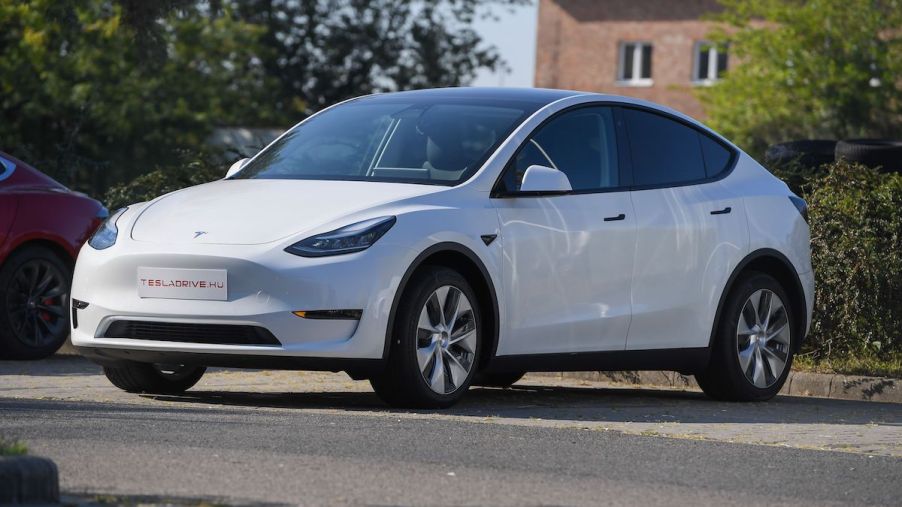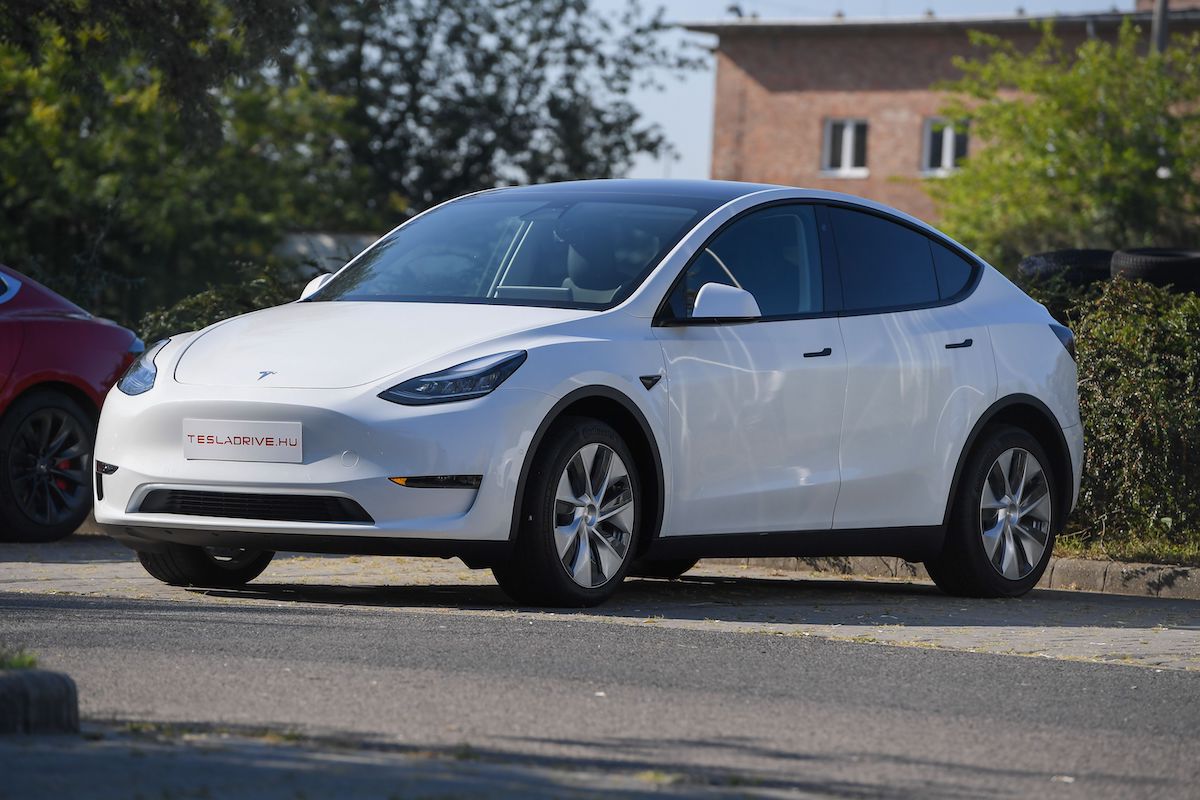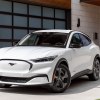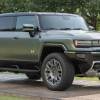
Tests Show the Tesla Model Y Loses More Range in Summer Than in Winter
Like any other EV, the Tesla Model Y loses some range when driven in cold weather, but there’s something odd about the Model Y in particular. Unlike most other electric cars, the Model Y loses more range when driven in hot climates than in cold weather. Here’s a look at the Tesla Model Y and why it loses more range in warm weather than cold.
The Tesla Model Y performs well in cold climates

The Tesla Model Y is an exteremely efficient EV, even when driven in cold climates. Tesla consistently improves its vehicles, and the Model Y — newer than the Model 3 — boasts one important winter upgrade. The EV maker changed the crossover’s heating system to a heat pump.
That switch improved the Model Y’s efficiency in cold climates and allowed it to outpace other EVs in cold-weather driving range, Axios reports. The Model Y even surpassed the Model 3 in that regard. However, a few months after the former debuted, Tesla began building Model 3 units with heat pumps as well, so the Model Y’s advantage against the Model 3 has since shrunk.
The Tesla Model Y performed worse in warm weather
Regardless, the Tesla Model Y is still the most efficient EV in cold-climate driving, according to Axios. Even in 20-to-30-degree weather, its range was still 98% of what the EPA estimated it would be. The Model Y Long Range can go up to 326 miles on a full charge. That means it can still get about 320 miles of range in cold climates.
However, when the Model Y was driven in 70-degree weather, it got only 97% of its estimated range. That’s a 1% difference in how the EV performed in cold weather. It also means the Model Y gets about 316 miles of range in warm weather — about 4 miles fewer than in cold weather.
The Model 3 and Model X also received similar cold- and warm-weather driving scores, but the 3 and X got more range in warm weather than cold weather. In fact, every other EV tested had better range in warm weather than cold. Some EVs, such as the Hyundai Kona Electric, even got 112% of their estimated range in warm weather.
How the Model Y compares to other EVs in cold weather
Overall, most EVs tested showed a big difference in how much range they retained in warm weather versus cold weather. For instance, the Chevy Bolt had the worst cold-weather driving range — it retained only 66% of its range estimate. The Ford Mustang Mach-E didn’t perform much better, retaining 68% of its range estimate. The Chevy Volt also didn’t perform well, keeping 69% of its range estimate.
Then there’s the BMW i3, which retained 74% of its original range. However, that still put the i3 below what the best EVs could do. The Volkswagen e-Golf came in at 88%, and every other EV was in the 90% range. The other Tesla models, for example, were about 1% away from one another. The Model X got 93%, the Model S got 94%, and the Model 3 got 95%.


